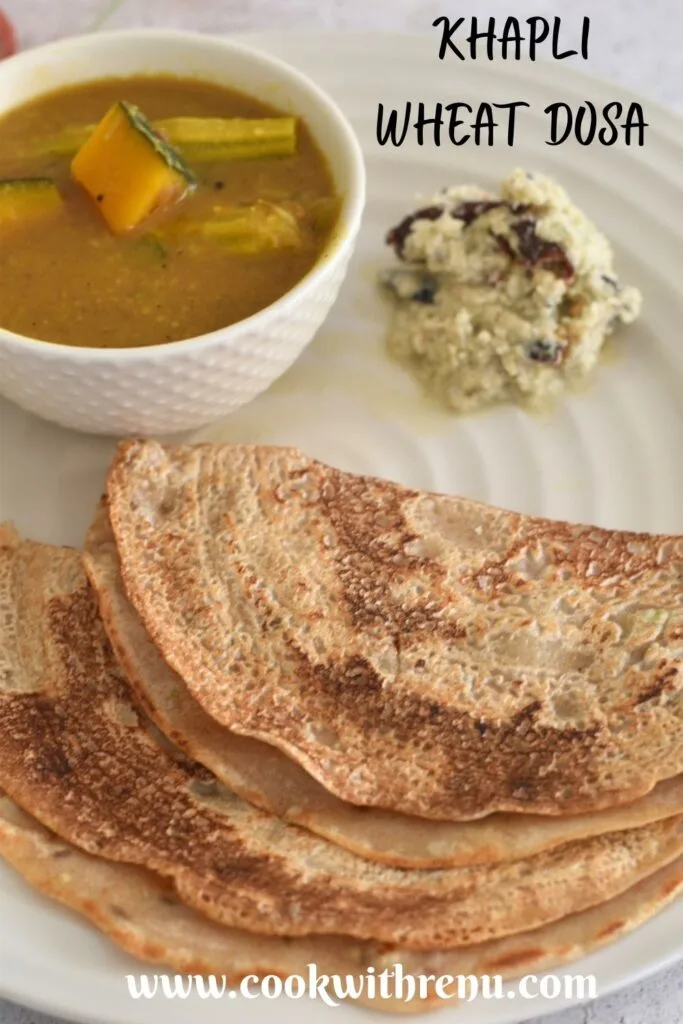If you’ve been hearing a buzz about Khapli wheat dosa lately, you’re not alone. Khapli wheat, sometimes called emmer wheat, has caught the attention of dosa fans who want a healthier and tastier twist on a classic recipe. This ancient grain isn’t new, but its rising popularity comes from people looking for better nutrition and deeper flavors in their meals.
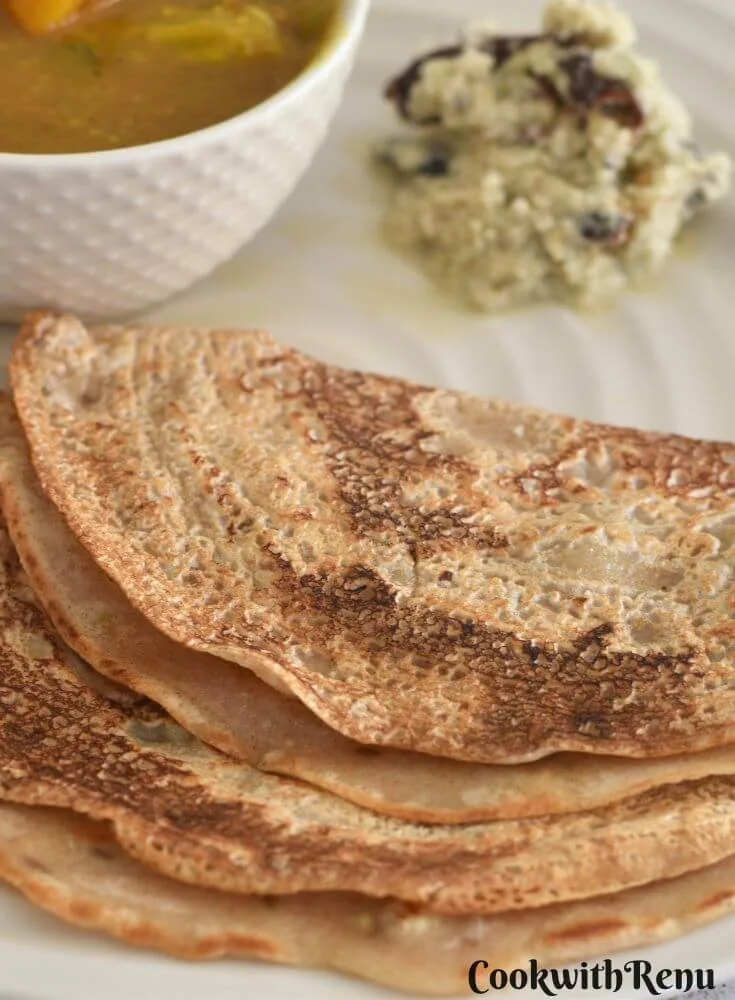
More home cooks are giving ancient grains like Khapli wheat a spot in their kitchens. They want something that feels wholesome but still fits into familiar Indian dishes. In this post, you’ll find out what gives Khapli wheat its edge, how to turn it into a dosa batter, and easy tips to make the process simple. If you love dosas with a boost of health and flavor, you’re in the right place.
What is Khapli Wheat?
Khapli wheat, also called emmer wheat or Farro, has deep roots in Indian food culture. This ancient grain brings more than just a different look or taste to the table. It comes with a story, a unique set of health benefits, and qualities that make it perfect for dosa lovers wanting something richer and more wholesome.
The Story of Khapli Wheat in India
Khapli wheat is one of the oldest types of wheat grown in the world. Farmers in India have planted it for thousands of years. It’s especially popular in Maharashtra, Karnataka, and parts of Tamil Nadu. Way before modern farming took over, emmer wheat was a go-to choice because it could survive in drier, harsher climates. Unlike the newer, more common wheat varieties, Khapli grows well without lots of fertilizers or pesticides.
You’ll sometimes hear grandmothers talk about Khapli’s place in local traditions and recipes. It was a daily staple long before soft, white loaves landed on the shelves. This wheat has always been about nourishing the family with something real and filling.
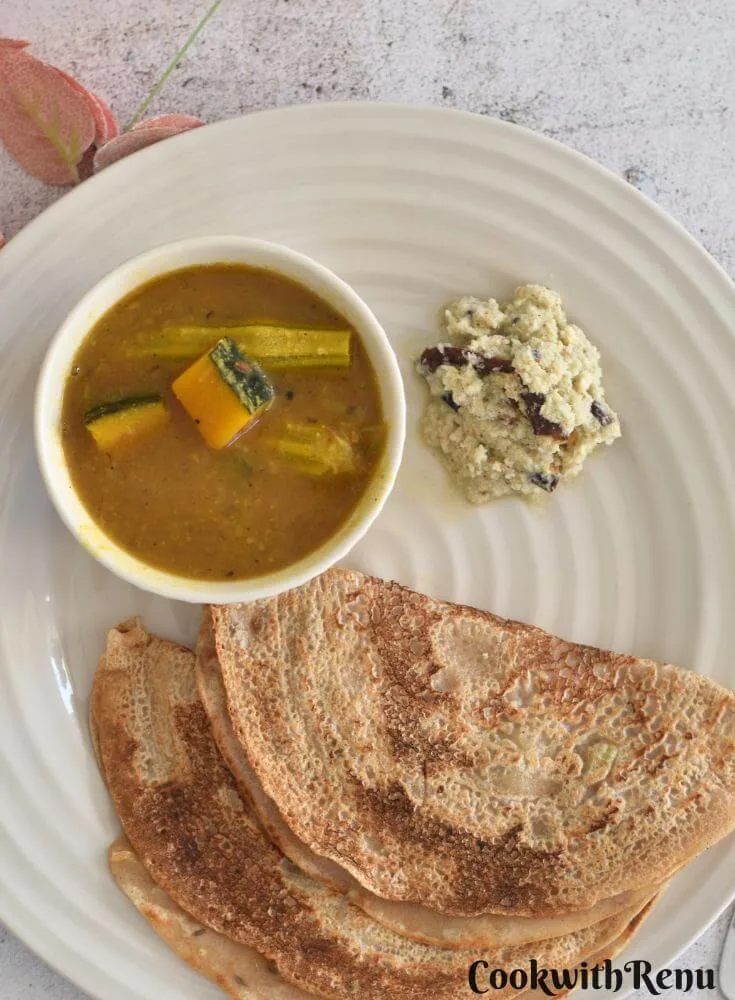
How Khapli Wheat Stands Out from Regular Wheat
Khapli wheat isn’t just “old wheat.” It’s different in some pretty important ways:
- Nutrition: Khapli wheat keeps more of its bran and germ, which means more fiber, protein, and key vitamins.
- Gluten: It’s lower in gluten compared to modern wheat. That makes dosas softer but still easy to digest for many people.
- Flavor: The taste is richer and a bit nutty. There’s a hint of earthiness that most regular wheat flours just don’t have.
- Color: The grains are a deeper rust or reddish-brown. When milled, Khapli flour looks more golden, unlike the pale white of common wheat.
Texture and Color: Why Khapli Wheat Works So Well for Dosas
When you use Khapli wheat flour to make dosa batter, you’ll notice a hearty feel and a warm, golden color. The coarser, fiber-rich texture gives the batter a different bite compared to plain wheat or rice.
- Texture: Dosas turn out crisp on the edges but remain soft in the middle—almost like a cross between classic dosa and a hearty pancake.
- Color: The color stands out on the plate. There’s a golden tint that catches the eye before you even take a bite.
Khapli wheat’s natural flavor and robust structure make dosas taste fuller and more satisfying. It’s a simple switch, but it brings your dosa closer to how ancient grains were enjoyed—filling, flavorful, and good for you.
Health Benefits of Khapli Wheat Dosa
Switching up your regular dosa with Khapli wheat gives you more than a different taste and color. This ancient grain brings along some solid health benefits, which makes every bite feel a little smarter. If you care about fiber, gentle digestion, or picking foods that work well with a balanced diet, Khapli wheat dosa makes its case right at the breakfast table.
Packed With Fiber for Better Digestion
Khapli wheat flour is loaded with fiber compared to regular wheat flours. This means your dosa isn’t just filling, it’s actually helping your system run smoother.
- Helps Keep You Regular: Extra fiber adds bulk and helps food move through your gut.
- Keeps You Full Longer: You’ll snack less, which could help manage your weight.
- Supports Gut Health: A fiber-rich diet may help healthy gut bacteria, which is great for your overall well-being.
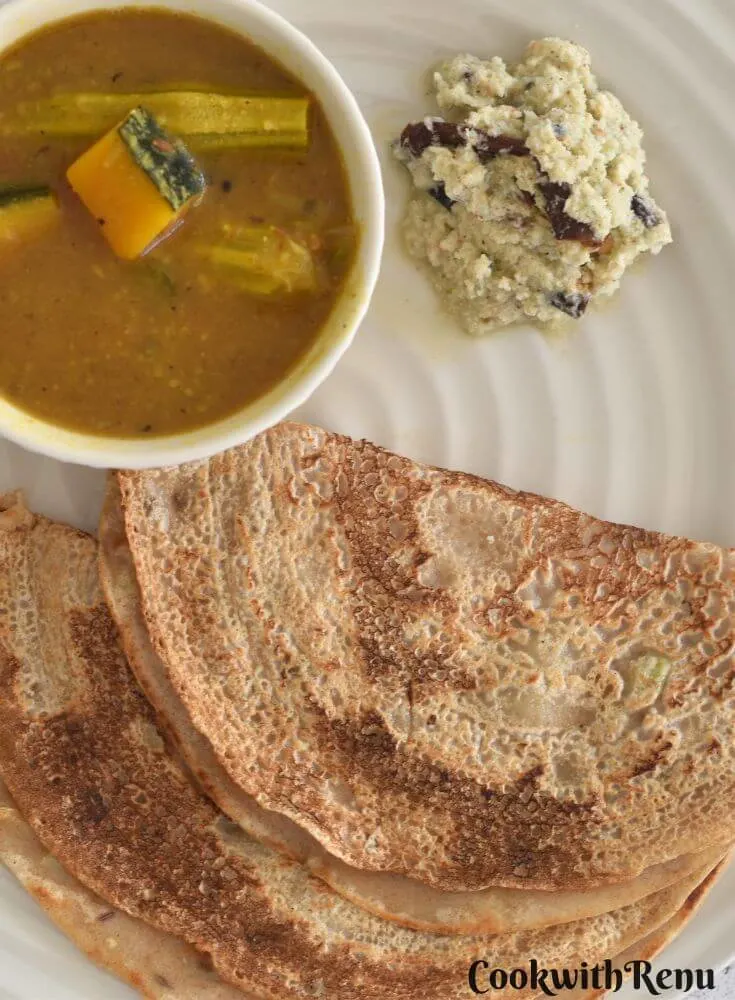
Lower in Gluten, Easier on the Stomach
Lots of folks have trouble with regular wheat because of its higher gluten content. Khapli wheat comes with less gluten, which can be much gentler for your stomach if you have mild sensitivities.
Friendly for Blood Sugar and Diabetes Care
Whole grains like Khapli wheat break down slower in the body, thanks to all the fiber and natural structure left in the grain. This is a big win for anyone who watches their blood sugar.
Perfect for Whole-Grain Fans
If you try to eat more whole foods and cut down on over-processed grains, these dosas fit right in. They keep the bran and germ intact, so you get more of what makes grains good in the first place.
How to Make Khapli Wheat Dosa at Home
Making Khapli wheat dosa at home is simple and does not take fancy equipment or years of practice. The process feels familiar if you have made classic dosas or pancakes, but with a wholesome twist thanks to the Khapli wheat.
Basic Ingredients You’ll Need
The heart of this recipe is Khapli wheat flour, which you can find in health stores or online grocers. Here’s a list to get you started:
- Khapli wheat flour (emmer wheat flour): 1 cup is good for 5-6 servings
- Water: Start with 1-1.5 cups, add as needed for batter
- Salt: Add to taste
- Oil or ghee: For cooking and crisping up the dosas
You can tweak the basic recipe with a few extras if you want to play with texture or flavor:
- Yogurt: A spoonful in the batter can help with fermentation and softness.
- Rice flour: Adds crunch to the finished dosa.
- Optional add-ins: Finely chopped onions, ginger, green chilies, grated carrots, or cumin seeds bring flavor and color.
Watch my Video here for how to make the dosa.
Tips for Best Results
Getting the Right Batter:
- Consistency matters. The batter should run off a spoon but not look watery.
- Mix well. Stir the flour and water together until smooth, without dry pockets. Add the water slowly so that you do not have lumps.
Cooking Like a Pro:
- Preheat your pan. A hot, well-oiled skillet gives the best crisp edges.
- Spread fast. Pour the batter in the middle and spread it thin with the back of a ladle—work quickly for even thickness.
- Don’t skip the oil. Drizzle a bit more oil or ghee around the edges. This simple step makes the dosa crisp and golden.
- Watch for color. Flip only after you see the sides turning brown, leaving edges and the surface looking dry.
Common Mistakes to Avoid:
- Batter too thick? Dosas will turn out dense and chewy. Add more water, a tablespoon at a time, to thin it.
- Pan not hot enough? Dosas might stick or turn pale. The right heat gives you that satisfying sizzle.
- Over-oiling? Too much oil can make them greasy, not crisp.
How to Store Leftovers:
If you end up with extra batter, stash it in the fridge for up to two days. Cover tightly to keep it from picking up other flavors. The batter might thicken as it rests—add a splash of water and stir it smooth before using.
Serving Ideas
- Coconut Chutney: This creamy, cool dip balances the rich, nutty taste of the dosa. Add green chilies and curry leaves for a fresh kick.
- Tomato Chutney: The tangy flavor comes alive against the milder dosa. A hint of garlic can lift this side even more.
- Peanut Chutney: This is a crowd-pleaser and offers a thicker, earthy partner for the dosa. Roasted peanuts, garlic, and tamarind work magic together.
- Mint-Coriander Chutney: If you love a little freshness, this green chutney pairs well with both breakfast and lunch.
Sambar and Warm Sides
- Traditional Sambar: With vegetables like pumpkin, carrots, and drumstick, sambar adds a spicy depth to your meal. I enjoyed it with Pumpkin Sambar.
- Mixed Veg Curry: Cook up a simple potato and carrot curry or a mild chana masala. The textures play nicely off the dosa’s crisp edges.
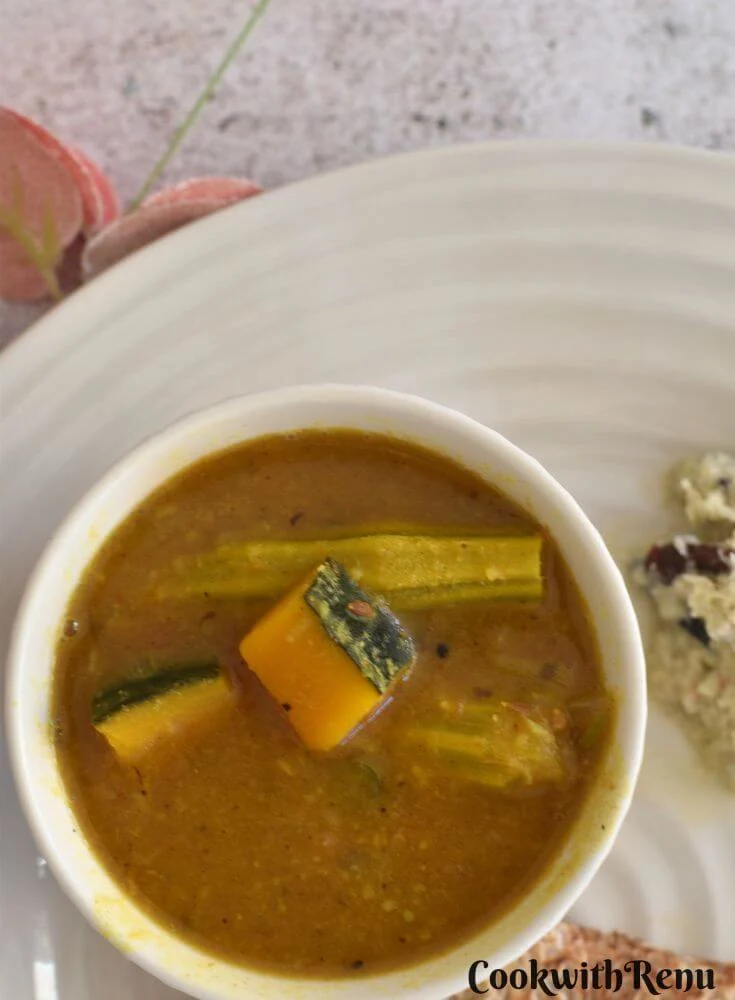
Creative Fillings
- Masala Potato: Just like in masala dosa, a spiced potato curry is always a hit.
- Paneer Bhurji: Crumbled paneer cooked with mild spices packs in protein and works for any time of day.
- Grated Cheese and Veggies: For a quick lunchbox fix, try shredded cheese with finely chopped spinach or bell peppers.
Perfect for Family Meals and Lunchboxes
Khapli wheat dosa slots easily into a family meal or school lunchbox. Its sturdy texture means it holds up well, even after a few hours.
- For Family Dinners: Serve dosas stacked with two or three chutneys, a big bowl of sambar, and a veggie side. Kids can pick their favorites or mix and match.
- Lunchbox-Friendly: Roll dosas around a paneer or potato filling, wrap in foil, and pack with a small tub of chutney. They stay tasty at room temperature and are easy to eat on the go.
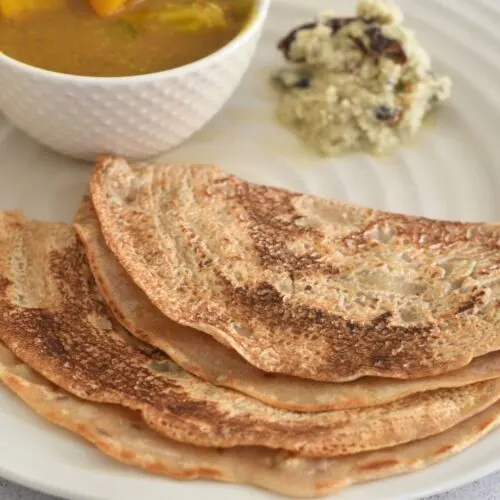
Khapli Wheat Dosa Recipe (Healthy Breakfast Made Simple)
Ingredients
- 1 Cup Khapli Wheat Flour
- 1 teaspoon Cumin Seeds
- 1.5-2 Cups Water
- 2-3 tablespoon of Oil
- Salt to taste
Optional Ingredients
- 2 tablespoon Rice Flour
- 2 green chili Chopped
- ¼ Cup Onion Chopped
- 1-2 small garlic cloves chopped/grated
- ½ inch Ginger chopped/grated
Instructions
- In a bowl sift in the Khapli Wheat Flour, Rice Flour(If using) and Salt in a bowl.1 Cup Khapli Wheat Flour, 2 tablespoon Rice Flour, Salt to taste
- Add water little by little and make a smooth batter.
- Do not add water in one go or else you will have lumps and it would be difficult to remove them.1.5-2 Cups Water
- Keep aside for 10 minutes.
- In the mean time chop the chili, onion, garlic if using.2 green chili, ¼ Cup Onion, 1-2 small garlic cloves
- After 10 minutes add the green chili, onion, garlic, ginger, cumin in the flour mixture.2 green chili, ¼ Cup Onion, 1-2 small garlic cloves, ½ inch Ginger, 1 teaspoon Cumin Seeds
- Heat a cast iron pan on medium heat.
- Before making the dosa check the consistency of the batter. The batter should run off a spoon but not look watery. If required add more water.
- Once hot, drizzle a few drops of oil on it.2-3 tablespoon of Oil
- Spread the oil on a pan with a spatula or half cut potato or onion.
- Once hot, mix the batter once and add 3-4 tablespoons or 1.5-2 Big spoons of dosa batter.
- Spread it on the pan in circular motion.
- After a minute or two, the dosa will start cooking on the top.
- Drizzle a few drops of oil on the top and the sides.
- Once the dosa starts releasing the edges, flip and cook on the other side.
- Once cooked on both the sides, remove and serve.
Video
Notes
- Standard US Size Cups used. One can use any cup size.
- Getting the Right Batter:
Consistency matters. The batter should run off a spoon but not look watery.
Mix well. Stir the flour and water together until smooth, without dry pockets. Add the water slowly so that you do not have lumps. - Cooking Like a Pro:
Preheat your pan. A hot, well-oiled skillet gives the best crisp edges.
Spread fast. Pour the batter in the middle and spread it thin with the back of a ladle—work quickly for even thickness. Don’t skip the oil. Drizzle a bit more oil or ghee around the edges. - Common Mistakes to Avoid:
Batter too thick? Dosas will turn out dense and chewy. Add more water, a tablespoon at a time, to thin it.
Pan not hot enough? Dosas might stick or turn pale. The right heat gives you that satisfying sizzle.
Over-oiling? Too much oil can make them greasy, not crisp.
Tried this recipe? Please comment and rate the recipe. Share your pics and tag us.
Subscribe to my email list to get the new recipes straight into your mailbox.

